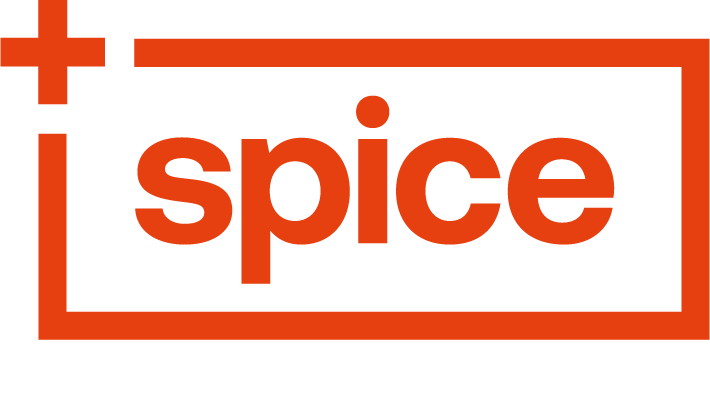
Once upon a time, “wellbeing at work” meant a dusty fruit bowl in the kitchen, a yoga poster in the hallway, and maybe a resilience workshop after a stressful quarter. Cute, but not cutting it anymore.
Today, wellbeing isn’t a side project, it’s core business. It’s the difference between a team that thrives and one that barely survives on caffeine and coping mechanisms.
And here’s the kicker: it’s no longer just HR’s job to care!
Wellbeing: The New Team Sport
In 2025, the smartest organisations are realising that wellbeing can’t live in the HR folder, it needs a seat at the board table, the leadership retreat, and yes, even in the Monday morning team huddle.
According to Gallup’s 2024 State of the Global Workplace report, New Zealand ranks among the top 10 countries for daily stress, with 43% of Kiwi workers feeling stressed most of the day. At the same time, the Southern Cross’s 2024 Workplace Wellbeing Index shows that 89% of employees find it important to work for a company that supports the health and wellbeing of their staff.
Those statistics paint a clear picture: stress levels are high, and the appetite for change is real. But wellbeing isn’t solved with perks, it’s built on trust, empathy, and shared accountability. When everyone, from the CEO to the intern, understands that wellbeing is a collective responsibility, the culture shifts from “ticking the box” to truly taking care.
So, if your people look like they’ve been running a marathon in slow motion, it might be time to rethink your approach.
Leaders, Grab Your Capes (You’re Part of This Too!)
HR can build frameworks, policies, and programmes, but it’s managers and leaders who bring wellbeing to life day-to-day. From balancing workloads to creating psychological safety, wellbeing is no longer a “nice-to-have.” It’s leadership currency.
The data backs it up: 70% of the variance in team engagement is driven by the manager’s behaviour and leadership style (Gallup, 2024) . In other words, a team’s wellbeing often rises, or falls, with its leader. That’s why emotionally intelligent leadership has become the new competitive edge.
At Spice, our Acentia Leadership Capability Workshops help leaders build that emotional muscle, learning to recognise burnout before it bites, manage conflict constructively, and create cultures where people can do their best work without sacrificing their wellbeing. Because let’s be honest, “work-life balance” might be a myth, but work-life harmony is absolutely achievable with the right leadership.
A leader who checks in regularly, actively listens, and models healthy behaviour sends a powerful signal: wellbeing isn’t performative, it’s personal.
Moving From “Crisis Management” to “Care Management”
For too long, wellbeing has been reactive. Someone burns out, takes leave, and only then do systems kick into gear. But the modern workplace demands a proactive wellbeing mindset, one that prevents issues rather than patches them up.
Leading employers are shifting from “crisis management” to “care management,” embedding wellbeing into every stage of the employee experience, from onboarding to professional development.
That’s where Spice’s Induction and Training Programmes, Individual Development Plans and Extended DISC ® workshops shine. By helping employees set clear goals, identify stress triggers, and understand their own working styles, we lay the foundation for sustainable performance from day one.
And while policies and Health & Safety Manuals used to focus on physical risks, the conversation has evolved. Psychological safety, the freedom to speak up, fail safely, and ask for help, is now recognised as just as critical to performance as any physical safeguard. At Spice, we help tailor those frameworks to ensure they’re not just compliant, but genuinely human-centred.
Measuring What Matters
Here’s where it gets spicy: wellbeing and performance are now inseparable. According to Southern Cross’s Healthy Futures 2024 report, nearly 9 in 10 New Zealanders agree that businesses and employees flourish when wellbeing is prioritised. That’s not a “feel-good” metric, it’s a business case.
But wellbeing can’t be managed by guesswork. Regular pulse checks, engagement surveys, and transparent communication are essential for keeping a real-time view of how people are coping and connecting.
Spice’s Engagement Surveys and Analysis provide that clarity, highlighting not just satisfaction levels, but the deeper insights around connection, motivation, and workload balance.
Combine that with Extended DISC® Team Collaboration Workshops, and you uncover the “how” behind wellbeing: how people communicate, collaborate, and respond under pressure. It’s about transforming tension into teamwork and friction into flow.
Because when people understand each other, stress decreases, empathy increases, and performance follows.
Wellbeing as a Strategic Advantage
Here’s the shift: wellbeing isn’t fluffy, it’s profitable. It drives retention, reduces absenteeism, fuels creativity, and strengthens your employer brand. According to Deloitte’s global research, organisations that actively cultivate a wellbeing-focused culture see measurable gains in both performance and engagement, demonstrating that investing in wellbeing is not just good ethics, but good economics. When wellbeing becomes part of daily operations, employees are more loyal, resilient, and productive.
Embedding wellbeing into your Purpose, Vision, and Strategy (another Acentia specialty) transforms it from a cost centre into a growth driver. It signals to employees that their health, happiness, and humanity are part of the business equation, not outside it.
When wellbeing becomes a shared accountability, it creates a ripple effect: engaged leaders create empowered teams, who in turn build loyal customers. That’s when wellbeing stops being a line item, and becomes a strategic advantage.
Add Spice
At Spice, we believe thriving workplaces aren’t built on policies, they’re built on people who feel seen, supported, and energised.
From leadership development and engagement surveys to health and safety frameworks that include psychological wellbeing, we help businesses turn good intentions into lasting impact.
If you’re ready to make wellbeing everyone’s responsibility (without losing your sense of humour in the process), let’s talk.
Add Spice to your people strategy, because healthy teams make for happy, high-performing ones.









